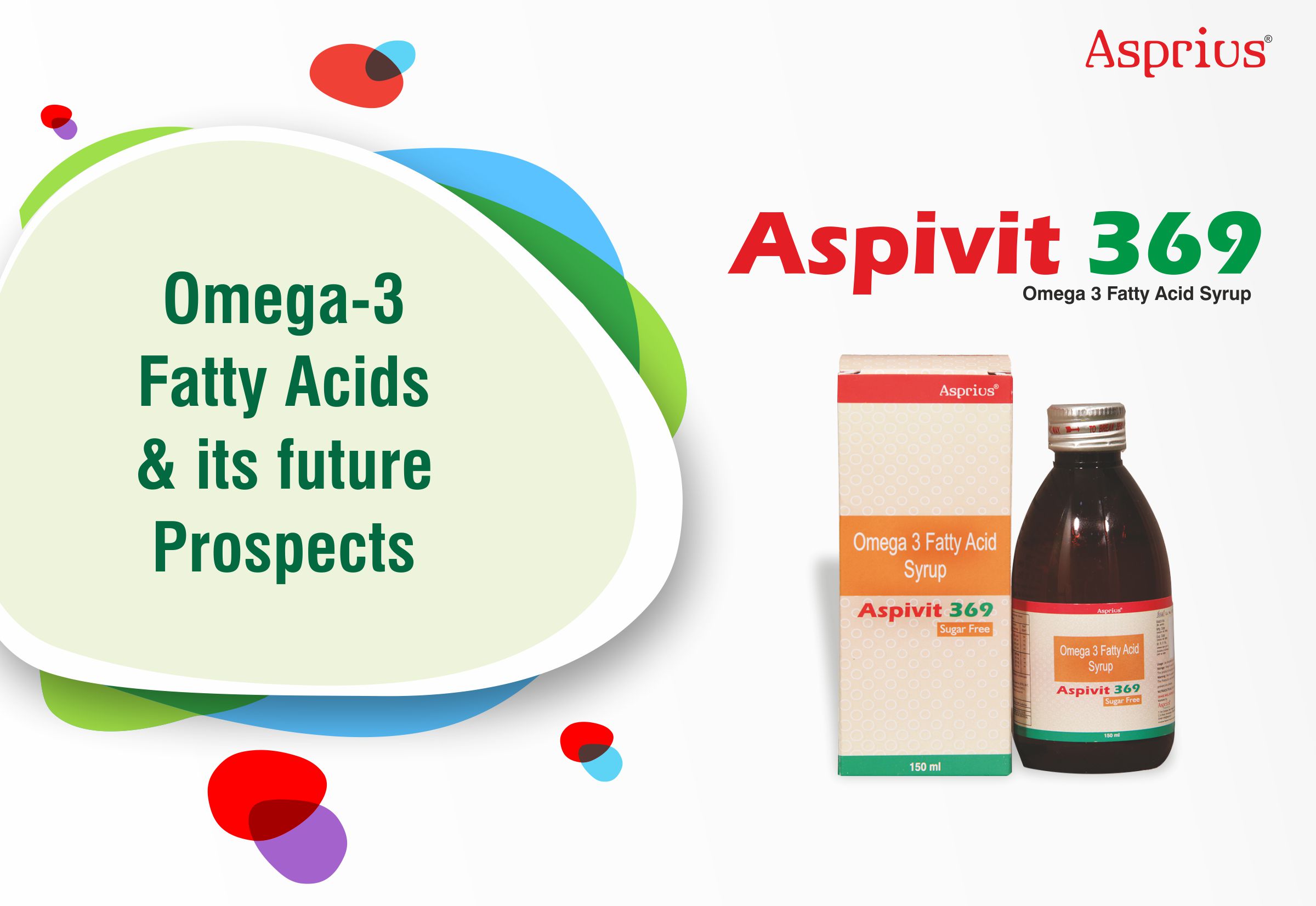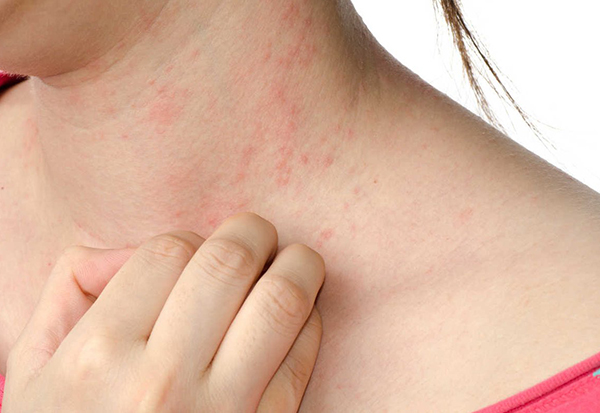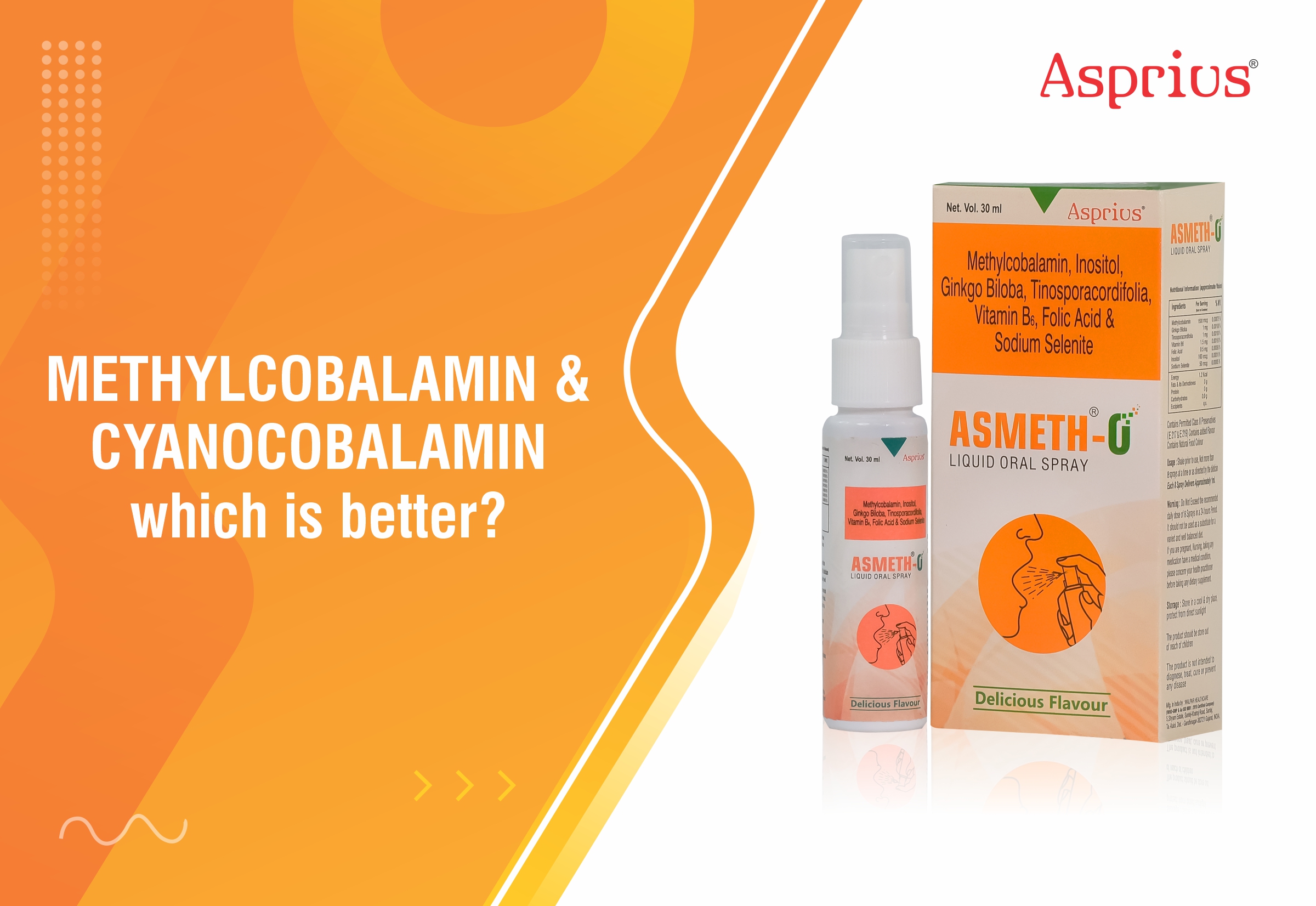Protein and Body Immunity

Dr. Sanjay Agrawal
Leading Pharmaceutical Consultant and Editor-in Chief of IJMToday
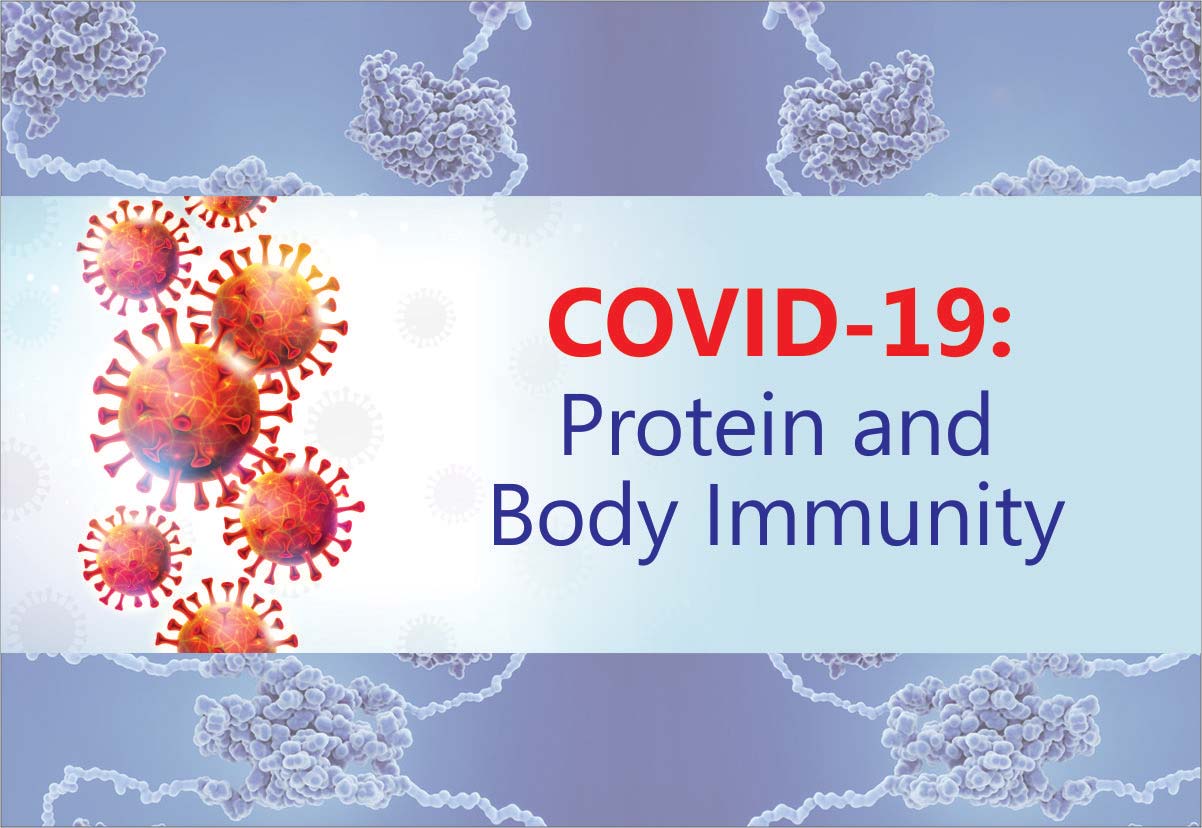
Nutrition and infection interact with each other synergistically. Recurrent infection leads to a loss of body nitrogen and worsen nutritional status, resulting malnutrition, which in turn produces greater susceptibility to infection.
Nutrition is one of the key pillars of sound physical health and cognitive abilities. It is widely believed that ‘we are what we eat’. In India, people consume starchy diets which are rich in carbohydrates. This constitutes approximately 70-80 percent of their diet. Protein sources such as dairy products, animal foods and pulses are consumed in a comparatively limited quantity by Indians.
The Indian Market Research Bureau’s 2017 report states that protein deficiency among Indians stands at more than 80 percent, measured against the recommended 60g per day. The usual sources of proteins in a regular diet – one cup of lentils, 1 glass of milk, or 1 cup (200 g) of yoghurt contain 7-8 grams of protein. Protein intake during the first thousand days (from conception to two years of age of the child) has lifelong implications. Children need good quality and quantity of proteins to develop in the mother’s womb and after their birth.
The World Health Organization (WHO, 2007) estimates that the need for protein in the third trimester of pregnancy is significantly higher than in previous stages. There are many perceptions about food and eating habits, especially during the stages of pregnancy and childhood. One of the ways to devise an inexpensive well-balanced diet for the children in India is by using a judicious mixture of different food groups.
Since proteins are the building blocks for the growth and development of children, we must make a conscious effort to choose our food sources wisely and spread the knowledge of healthy eating among children as well.
- Nutritional deficiency is commonly associates with impaired immunity
- Protein is the only source of Nitrogen
- 6.25 g dietary protein = 1g Nitrogen
- Sufficient dietary protein improves immunity : Helps to fight against the infections
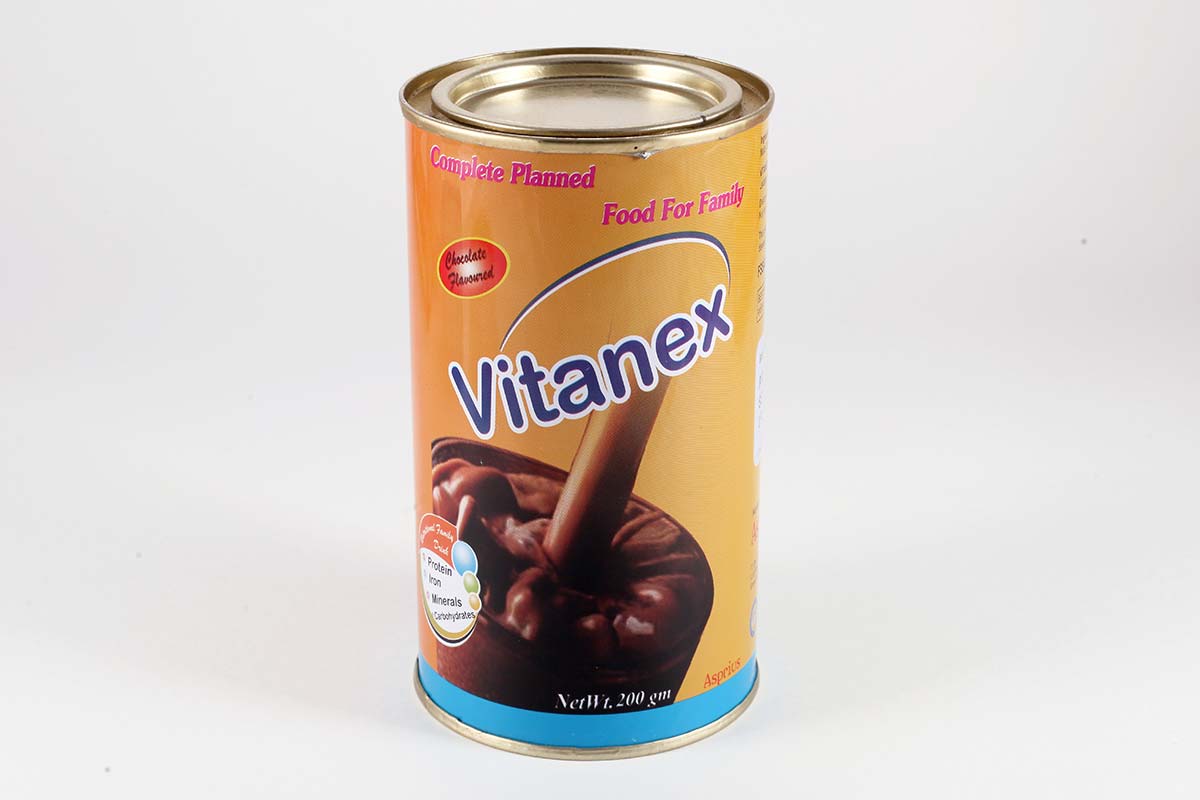
Indian diets as a source of protein
Indian diets are loaded with cereals like rice and wheat, legumes and dairy. They are mostly a mixture of carbohydrates and fats with limited proteins. Here’s a look at the protein value of foods in our Indian diets for you to decide what to eat and how much food sources in an Indian diet and their protein values.
Grains and Beans
A number of grains and beans are ‘complete’ proteins but you have to eat them in proper combinations. They are good for sedentary people with a lower requirement of daily protein but are inadequate for you.
Legumes
One cup of boiled lentils contains about 18 g protein on an average. You can turn to kidney beans or ‘rajma’ for a protein boost though.
Rice and Peas combination
Rice protein is high in the sulfur amino acids cysteine and, but tends to be low in lysine. Pea’s protein has a good quantity of lysine and lower quantities of cysteine and methionine. So, these two complement each other perfectly and offers a good branch chain amino acid profile.
Soybeans
Soybeans are one of the richest plant-based protein sources. You’ll get more than 28.5 g of protein from 1 cup of boiled soybeans.
Dairy
A cup of low fat milk provides 8 g protein and 5-10 g of fat. The protein in milk called casein makes up roughly 80 percent of the protein found in all dairy products. And it is a good protein as it is a slow-digesting because it forms “clumps” in the stomach that take 5-7 hours to digest. When you eat casein, your blood amino acid levels rise extremely slowly and they also stay elevated for longer which means you can work out harder for longer periods.
Cottage Cheese
Cheese’s muscle-building powers come from two different components casein, the slow digesting dairy protein and the good bacteria. These bacteria help you break down and absorb all the nutrients you need to get your protein intake. So, nutritionally, Indian vegetarian diets are a mixed bag. Casein in dairy is good for you but milk is not easily digested by adults. And rice is low in proteins. And you need good amounts of vitamin A to digest protein that you ingest. Cereal, bean and vegetable proteins may contain all the essential amino acids, but the quantity of the three branch amino acids is often less than ideal, affecting their bioavailability.
But, what about animal protein- how good is it? It does contain all the essential amino acids that plant protein often does not. Let’s take a look-
Meat
On the plus side, meat protein is complete and has all the essential amino acids. But on the other hand, it’s not particularly easy to absorb- it has about 20% usable protein by weight. It is low in micro-nutrients like vitamins and is high in calories and saturated fat.
Chicken and Turkey
These two provide about 27 g of protein in a three-ounce serving, along with about 2-3 g of fat.
Fish
It is high in protein – 5 g in a three-ounce serving, it is low in carbs and has low levels of saturated fats. Plus it has Omega-3 fatty acids, nature’s wonder nutrients.
Eggs
These are considered as ideal protein foods by experts with the protein content of 6.2g.
Why we even need protein
Protein is an integral component of every cell in the body including your muscles.
“If we don’t get enough protein, our bodies actually won’t be able to rebuild properly and we’ll start to lose muscle mass”
In addition to muscle growth, protein is essential to the growth and repair of virtually all cells and body tissues—from your skin, hair, and nails to your bones, organs, and bodily fluids, according to the FDA
How do you know that you are low in protein?
Symptoms indicating low protein can vary significantly due to the vital roles it plays in so many aspects of a healthy body. The most common symptom is oedema, or ankle swelling, which can be a result of water retention due to kidney problems. Other symptoms include bruising, muscle loss, fatigue, cramp and brittle or ridged nails. Protein is needed for every function of the body, and low protein can be a sign of other problems such as liver, kidney or heart problems.


